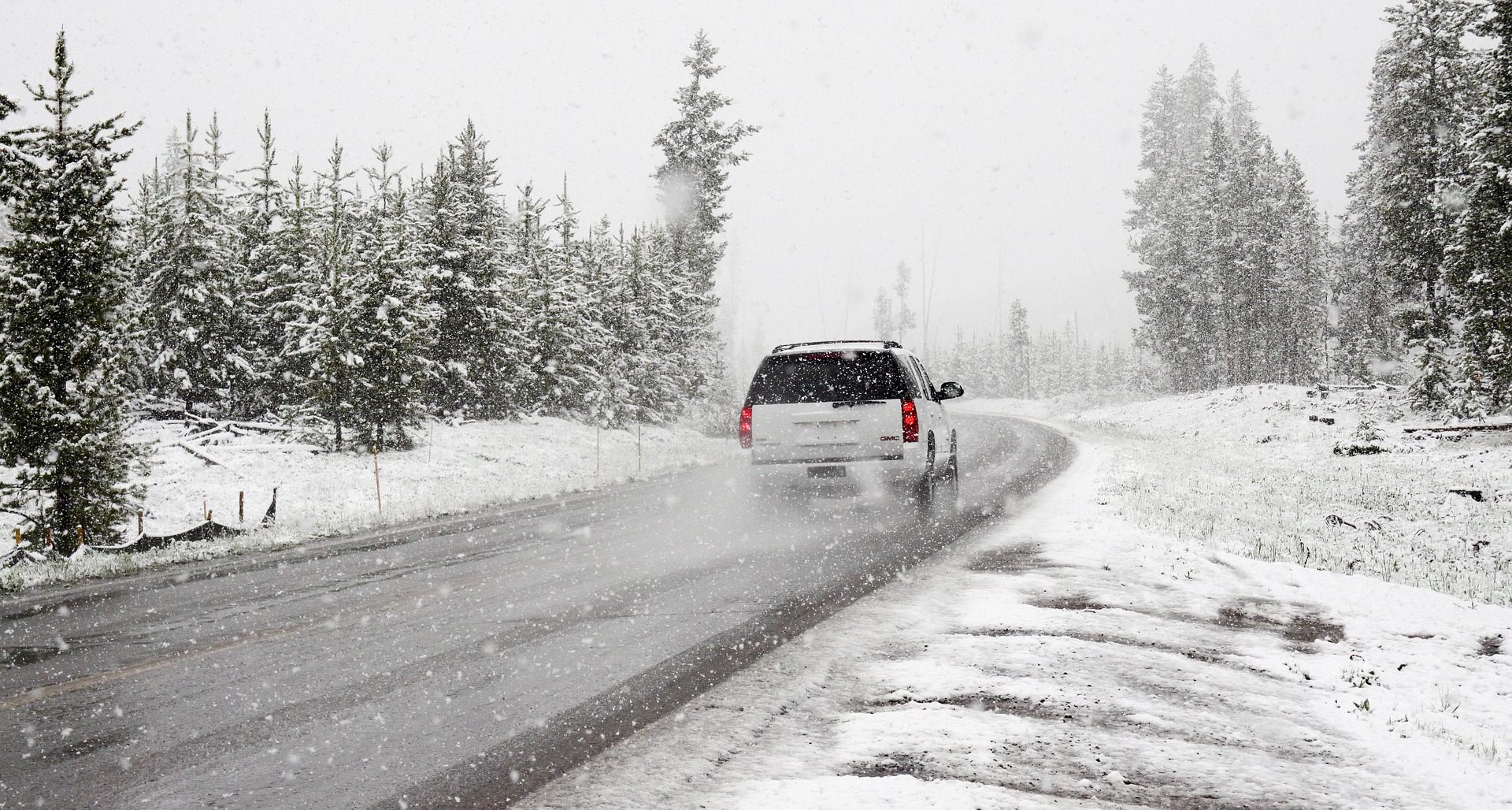
When it comes to staying safe on the roads, winter can cause a whole host of issues.
From routine problems such as frozen windows, doors, and windscreen wipers, to technical issues such as failed spark plugs, the dip in temperatures and effects of snow, ice, and rain affect almost every part of your vehicle.
This means that the cold weather can interfere with the safety and performance of your car. As such, it is important to have a maintenance routine that you can work through before going out on the road in the winter.
Data from Admiral car insurance has found that many UK drivers do not prepare for winter conditions appropriately. Nearly a third (32%) of drivers do not keep de-icer in their vehicle, while almost a quarter (23%) did not keep an ice scraper in their car. And a quarter of drivers did not bother to fully scrape off their windscreen before driving away – a finable offence under the Highway Code Rule 229.
When it comes to driving, guidance from the AA (2016) emphasises that you should completely de-ice every window – including the windscreen – for full visibility before setting off. And as far as maintenance goes, they stress that it is important to check batteries and electrics regularly, top-up antifreeze, troubleshoot car problems, and carry an emergency breakdown kit.
In this article, we will go through the recommended essentials for keeping your car winter-safe and outline some practical advice for day-to-day winter driving.
Your Emergency Breakdown Kit
The AA recommends that as part of your winter Emergency Breakdown Kit you should carry:
An Ice Scraper: The basic essential for scraping ice off your windshield and windows. Crucial for necessary visibility when driving in snow and ice.
De-icer: Helps to get thick or stubborn ice off which is harder to achieve with the scraper alone. Not an essential, but makes lighter work of a potentially difficult job.
A Torch And Spare Batteries: Essential for nighttime breakdowns. The ground can be icy and slippery during winter so extra visibility is needed.
A First Aid Kit: Necessary in case of medical emergencies. Your basic first aid kit should include plasters in a variety of sizes, gauze (all sizes), 2+ sterile eye dressings, triangular bandages, crepe rolled bandages, safety pins, disposable sterile gloves, scissors, tweezers, medical tape, sterile cleansing wipes (alcohol-free), digital thermometer, hydrocortisone, antiseptic cream, antihistamine cream and/or tablets, painkillers (ideally both paracetamol and ibuprofen), distilled water for cleaning wounds, eyewash.
Jump Leads: The quickest way to jump-start your car in an emergency.
A Shovel: A basic but necessary tool for shovelling snow out from under your wheels when they get stuck.
Warning Triangles: Alerts other drivers that your car is broken down to avoid traffic collisions.
And, for personal use, you should always keep the following items handy:
Warm Clothes, Waterproofs And High-Visibility Jackets: If you’ve broken down, you need to stay warm and to stay safe. This means that ensuring visibility and warmth is the highest priority in an emergency. Make sure, therefore, that you have some warm, brightly coloured clothing to stay safe by the side of the road.
Sturdy Footwear: If you have to walk to find help in an emergency, you will need comfortable shoes. Leave a dependable pair of walking boots in the back of your car, just in case.
Hot Drinks And Snacks (we recommend high calorie, long-lasting snacks such as Kendall mint cake, sweets, and chocolate): Keeping a stash of sweets in your car will help you to keep functioning if you get caught out in the cold. Take something calorie-dense – your favourite chocolate bar or sweets will be ideal.
You should also ensure that your mobile phone has sufficient battery, and always carry a charger in case of emergencies.
Your Pre-Drive Winter Checklist
Car Battery: Your car battery is affected by cold and damp weather. If your car battery is old, it is likely to be impacted more severely by the elements than a newer battery. Make sure you change your car battery regularly – ideally before it runs out!
Screenwash: Grit from roads is great to stop sliding on ice, but terrible for visibility. You’ll need screenwash to keep your windscreen clear of road grime this winter.
Antifreeze: Your engine’s cooling system is full of water. And in winter – yep, you guessed it, water freezes. Therefore, it is necessary to use antifreeze to keep your engine working well.
Lights: Make sure all your lights are clean of mud and grit and have a working bulb in them, so that other road users can easily interpret your movements.
Driving Tips For Winter Weather
- Do not drive until all your windows are free of ice! This is necessary for good visibility.
- If you need to avoid wheelspin when transitioning from a stationary position, pull off in second gear and gently ease your foot off the clutch. Try not to use brakes, but if you must, use only a very light touch.
- If you get stuck in snow, straighten the wheel. Then shovel snow out from under the wheels.
- To drive uphill on a slippery road, continue upwards at a steady pace, leaving enough room between your vehicles and others on the road. Avoid changing gear.
- To drive downhill: on a low gear, slow down before the hill, but avoid using the brake. Leave plenty of room between you and the car in front of your vehicle.
Sources
https://www.theaa.com/driving-advice/seasonal/winter
https://www.autocar.co.uk/winter-car-maintenance-tips
https://www.browells.co.uk/road-traffic-accidents-winter/
https://blog.rainbowmuffler.net/blog/7-common-winter-car-problems-and-tips-to-avoid
https://www.autoexpress.co.uk/tips-advice/89243/preparing-your-car-winter-top-tips-and-things-check
About Eclipse Autos
Eclipse Autos is Good Garage scheme approved auto workshop based in Bletchley, Milton Keynes. Some of the services Eclipse Autos offer include: car MOTs in Milton Keynes, motorbike MOT tests, car recovery, crash repair, clutch repair and car servicing. This blog post was written by Alex at New Frontiers Marketing.



